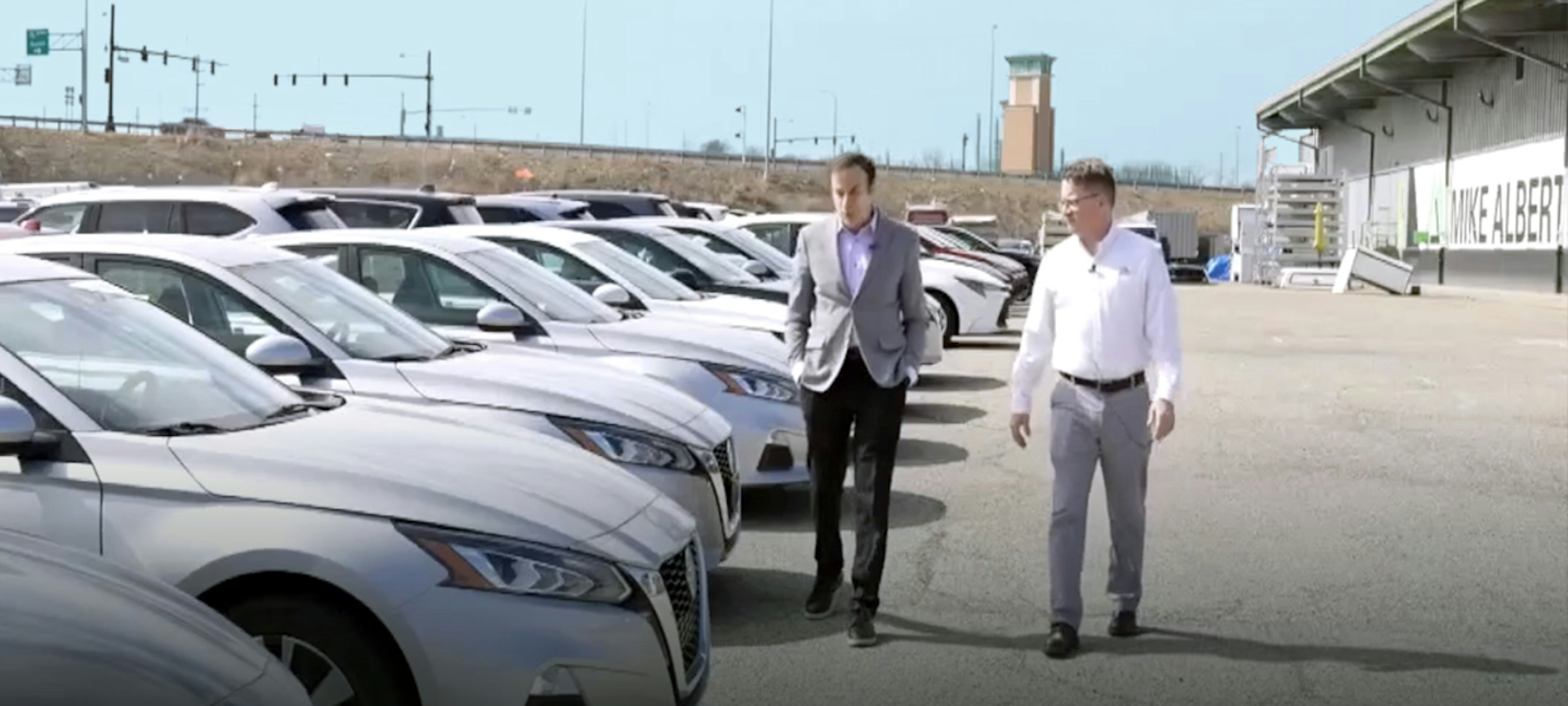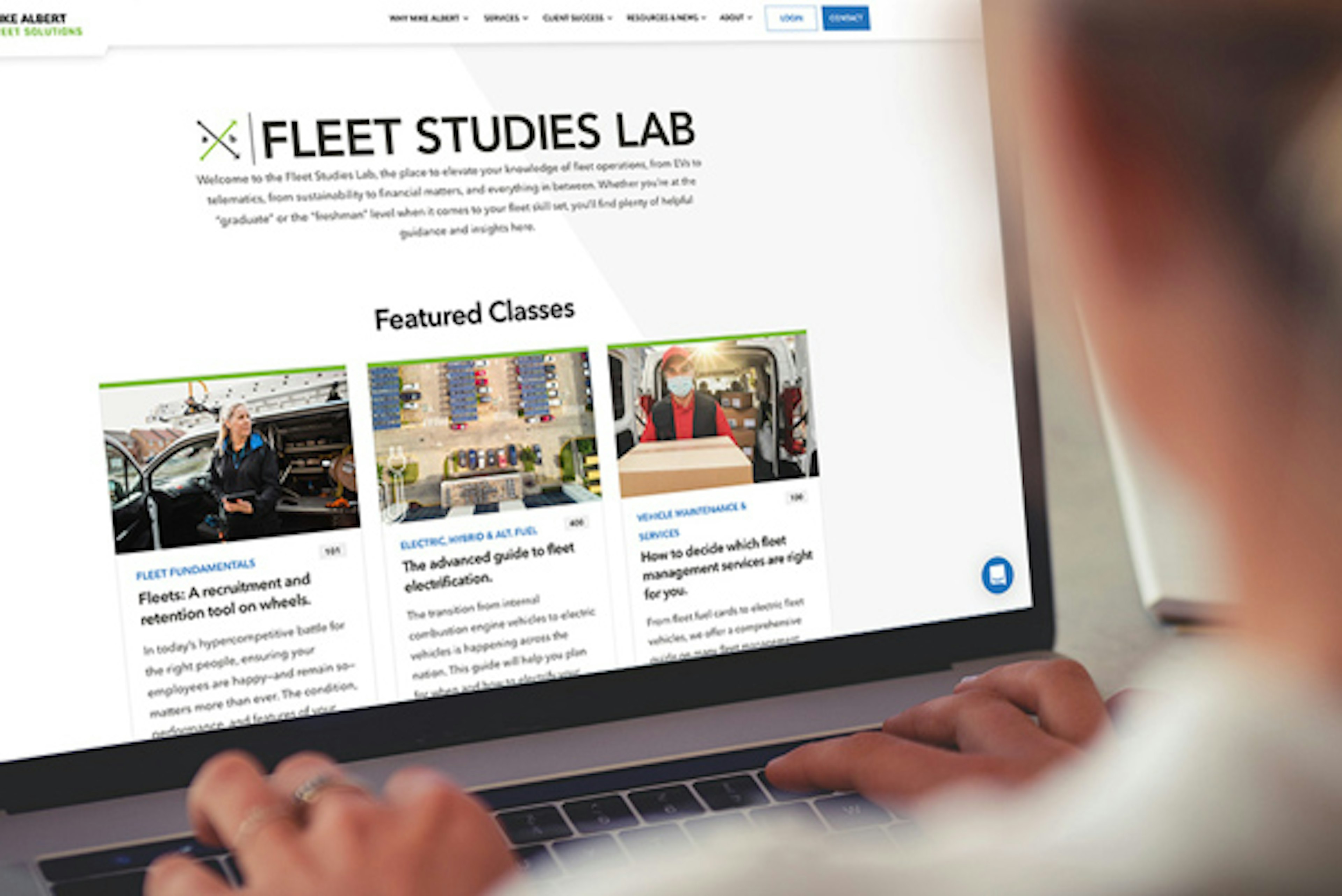Tariffs have virtually all fleet managers feeling unsettled, if not downright stressed. Since it’s unclear just how long and whether these tariffs will last—not to mention if they’ll decrease or increase—it’s no wonder many are unsure of what to expect and how best to respond, particularly regarding vehicle acquisition.
For this multi-part series, we sat down with some of our fleet science experts to ask how fleets can make the best decisions in these interesting and unpredictable times. First up is our Vice President of Operations, Jason Kraus, an industry veteran with expertise in virtually every aspect of fleet management.
If you could give one piece of actionable advice to accomplish in the next month or two, what would it be?
Reevaluate your use of telematics. If you’re not using telematics already, this is the undeniable path to better utilization of your fleet. If you’re already using telematics, are you aware of all the functionality to convert insights into actions from your service provider?
In addition, are you using video cameras? Whether road-facing only or dual road-facing and cab-facing, these assets quickly pay for themselves when they absolve your driver—and, therefore, your company— from problems caused by others.
What’s one mistake you see fleets making right now in response to tariffs — and how can they avoid it?
Taking a hard stop approach to “wait and see.” Not cycling vehicles at the opportune time is costing you more.
What metrics should fleet managers track more closely in light of these changes?
It’s the same metrics you usually use; a new batch is not called for. So, pay attention to such data as total cost of ownership (TCO), the number of roadside repairs, vehicle proceeds, etc. These are “known knowns.” Too many fleet managers are fearful of not getting this 100% right, while missing the fact that they are likely 80-90% correct.
If tariffs ease unexpectedly, what “reset” actions should fleets be ready to take?
If incentives and supply return to their initial 2025 levels (which were "normalish"), pull out your initial 2025 cycling plan and execute against it.
How are the tariffs likely to impact fleet vehicle production and availability?
Tariffs’ biggest impact will be on the automotive supply chain (i.e., tier 2 component to tier 1 assembly to OEM) based on economic pressures that the supply base continues to face post-2019.
How might the tariffs disrupt the supply chain?
Fleet supply chains have been stabilizing, but some segments continue to lag. In the tail-end of model year 2025, production slots for cargo vans, full-size SUVs, and hybrids remain tight, while availability for mid-size pickups has improved but at higher costs.
Economists have estimated that tariffs will decrease the seasonally adjusted annual rate (SAAR) by between 500,000 and 1 million vehicles. S&P Global Mobility.) recently forecasted that 15.4 million vehicles would be produced by the end of 2025, down 4% from 2024.
This reduction is more likely to be felt on models with final assembly outside of the U.S., which include many sub-compact and compact vehicles to achieve their lower price points. Otherwise, disruption will occur on a supplier-by-supplier basis, if it occurs at all.
Cargo van demand is still outpacing supply, forcing fleets to rethink their vehicle configurations. Since compact vans still lack a direct replacement, fleets are improvising with mid-size pickups with storage solutions or shifting to SUVs with partitions. Compact vans still lack a direct replacement in model year 2025 and model year 2026, with potential compact vans to be launched in model year 2027 (late calendar 2026).
According to our data, OTD (order-to-delivery) times continue to improve, with model year 2024 vehicles achieving an 18-week average, down 23% from 2023. So far, model year 2025 is achieving a 15-week average, which is still higher than the 12-week, pre-pandemic average. In addition, it is to be determined if this can decrease further as supply chains and final assembly recalibrate.
On average, how much do you anticipate the price of vehicles rising?
Industry estimates vary depending on the final assembly point and vehicle segment, such as compact SUVs vs full-size SUVs. Vehicles assembled in the USA could have no increase or could increase by $3,000 or more, depending on the country of origin of the components used. Based on the tariffs, vehicles assembled outside of the U.S. could increase by $7,000 or more.
What can fleet managers do to minimize the negative impact?
Be flexible in which OEM and/or model(s) you select; consider the alternative models to what you selected historically.
For example, if the fleet loves the TCO of a particular model, but its cost increases by +10% versus comparable options, the math has changed and, therefore, your choice of model likely should too.
Alternatively, better maintain your vehicles to operate them to higher mileage limits.
What questions should fleet managers be asking OEMs right now?
I would ask if they can put model year 2026 price protection in writing before submitting factory orders. This means you have locked in the price when ordering, and the OEM assumes the risk if costs increase before vehicle delivery.
How should fleets approach long-term planning when short-term acquisition costs are so volatile?
In short, Mike Albert recommends replacing what must be replaced while considering what could be replaced.
How realistic might it be to only acquire vehicles made in the U.S.? Same for acquiring parts?
No vehicle comprises 100% U.S. content and labor, but you can review analyses like the one Cars.com publishes on its annual American Index. When you see a score above 85, there is likely to be no impact from the tariffs as they are currently written.
Service parts are a different matter, however, as the tariffs focus on vehicle production. Therefore, the tariffs will impact all imported service parts (or components within a service assembly).
Might the used vehicle market be worth exploring?
Used assets are an option, but far from ideal, as each vehicle presents a completely different business case when you consider such factors as how well it was maintained, how gently it was operated, and what percentage of the time the engine was left idling.
What about more expensive but more efficient vehicles? Could this accelerate a shift toward electric or alternative-fuel vehicles due to potential tariff exemptions?
The tariffs are likely to increase TCO's importance in cost per mile, which would favor more efficient vehicles.
Also, fleet managers should realize that some manufacturers, such as Toyota, are removing options for a gas internal combustion engine (ICE) in favor of offering hybrid (HEV) and plug-in hybrid (PHEV) powertrains on models such as 2025 and newer Camry models and the 2026 RAV4. In the case of the model year 2025 Camry, fleets saw a slight increase in the price of the vehicle but also saw fuel economy increase from 32 miles per gallon (MPG) to 50 MPG.
Yet amidst this uncertainty, moderating prices are driving better TCO in more vehicle segments and duty cycles. Reliability and durability always matter, as they increase both the driver’s and fleet manager’s trust and, with it, drive vehicle decision-making.
One segment primed for EV expansion is last-mile delivery. Improved charging networks and more purpose-built models are finally making it viable. However, we don’t yet know if the incentive to support the TCO will be based on a government incentive, such as California Air Resources Board HVIP and IRS 30D, or a manufacturer incentive in the long term.
Any other advice for making the most of current conditions?
Building a peer advisory council of fleet managers to gut-check your scenario planning is always sage advice. You can meet other fleet managers by joining industry organizations such as AFLA, NAFA, ATA TMC, or industry-specific groups like the National Pest Management Association (NPMA), National Waste & Recycling Association (NWRA), etc.
How can a fleet management company (FMC) like Mike Albert help customers manage through these economically uncertain times?
The job of your fleet management company is to have constant input from the vehicle manufacturers, upfitters, and other solution providers…while using their scale and purchasing power to support their clients. Additionally, your FMC should tell you when not to replace a vehicle, not just when to replace it.
Read Part 2 of our “What to Do About Tariffs” series here.
Skills covered in the class
Fleet Safety
Operational Efficiency
Data-Driven Decision Making
Mobility-Mindset
Did you enjoy this class?
Share it with your organization and colleagues.



